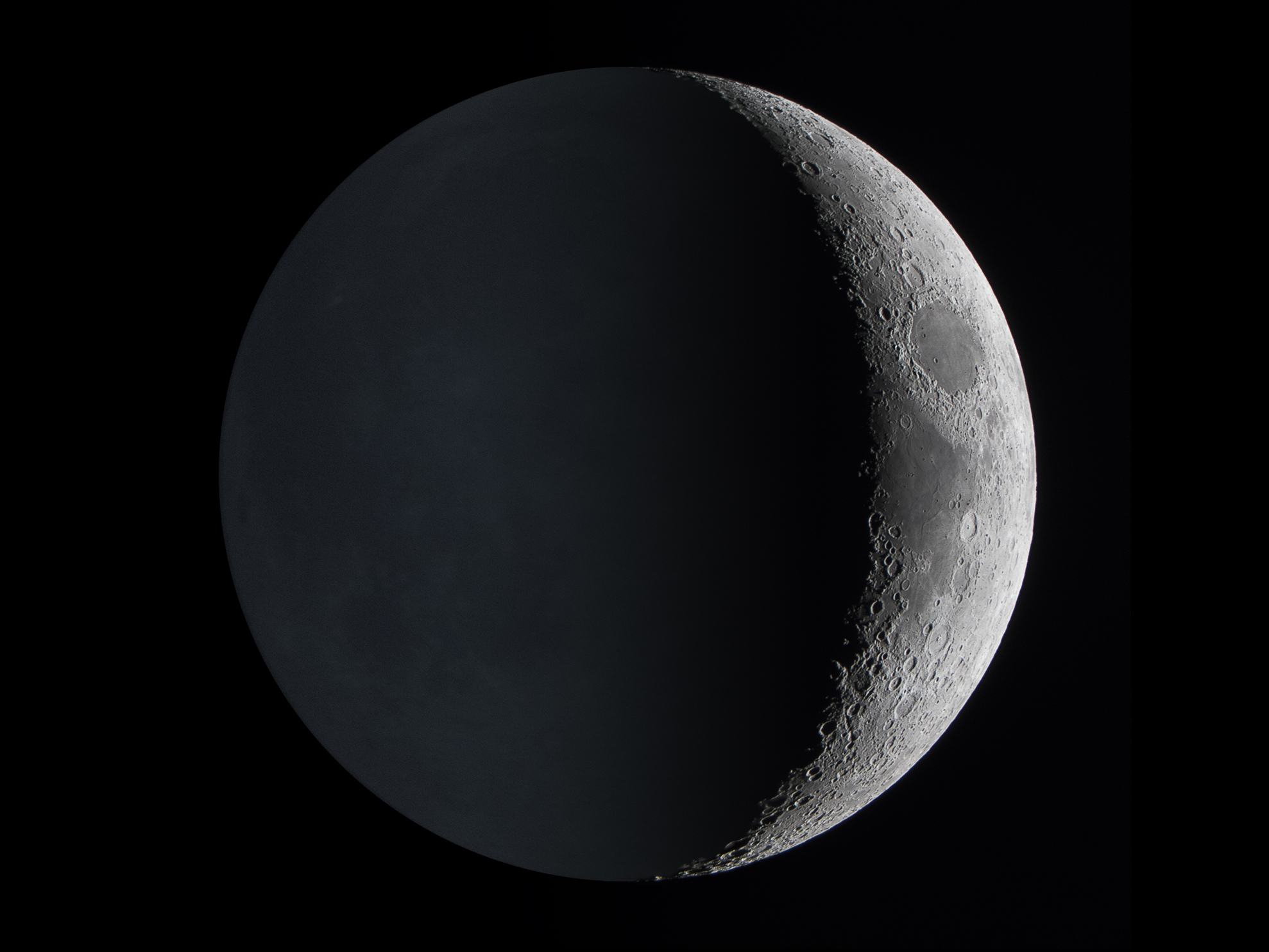Firstly let me congratulate FD on an incredible gaming achievement with Horizons. Nothing should detract from the feat that the team has achieved.
So last night I finally found an SRV hanger and got to drive on a planet. I landed at a point when the sun was just rising casting nice long shadows. One thing that really struck me was how the shadow areas, particularly in craters, drop to almost total black. The result of this is twofold. Firstly, when flying over the surface, it makes the planet texture appear very "noisy" because of the very high contrast, not nice to look at for long.
The second effect is that it's very hard to navigate when on the planet's surface as the horizon is so broken up with black tones, whilst also making it impossible to see anything without lights on when in a shadow area.
I should add that I am a video game 3D and lighting artist with 10+ years experience. Now I don't know what kind of lighting system they use at FD, whether the planets are entirely dynamically lit or whether there is some degree of lightmapping involved but either way some settings need to be altered somewhere to add a bit of indirect light into the shadow areas.
I also don't know what the science is behind shadows in space, I'm sure that without an atmosphere you wouldn't really get any light scattering effects, but I'm sure you would get bounce light off the planet's surface filling these areas with illumination. Only in the deepest darkest crevices would it go to black. Even the dark potion of our moon is lighter than the surrounding night sky.
Now obviously more lights means more computing power on an already visually heavy game so out of the question. But the site please solution would be to lighten the shadow darkness so that their intensity is less thus allowing some of the planet's surface to show through.
Visually I think this would make the biggest difference to planetary landing experience.
I should also note that I play on a professional graphics monitor calibrated monthly with a Spyder4 calibration tool so my colour and tone settings are correct. I must admit I find the lack of brightness and contrast controls in-game, and the range of graphics settings in general, massively underwhelming for such a visuals driven title. Having an arbitrary "gamma" slider is next to useless especially when you can't actually see what changes you are making without firat applying them and exiting the menu.
Anyway, I felt that this was pertinent as it represents a potential big and easy win in terms of visuals and playability for FD. Although if the art department is anything like every other art department I've ever worked in then the artists would stubbornly ignore the citisisim and insist that what they've done is right! Either way, those are simply my thoughts on the subject.
So last night I finally found an SRV hanger and got to drive on a planet. I landed at a point when the sun was just rising casting nice long shadows. One thing that really struck me was how the shadow areas, particularly in craters, drop to almost total black. The result of this is twofold. Firstly, when flying over the surface, it makes the planet texture appear very "noisy" because of the very high contrast, not nice to look at for long.
The second effect is that it's very hard to navigate when on the planet's surface as the horizon is so broken up with black tones, whilst also making it impossible to see anything without lights on when in a shadow area.
I should add that I am a video game 3D and lighting artist with 10+ years experience. Now I don't know what kind of lighting system they use at FD, whether the planets are entirely dynamically lit or whether there is some degree of lightmapping involved but either way some settings need to be altered somewhere to add a bit of indirect light into the shadow areas.
I also don't know what the science is behind shadows in space, I'm sure that without an atmosphere you wouldn't really get any light scattering effects, but I'm sure you would get bounce light off the planet's surface filling these areas with illumination. Only in the deepest darkest crevices would it go to black. Even the dark potion of our moon is lighter than the surrounding night sky.
Now obviously more lights means more computing power on an already visually heavy game so out of the question. But the site please solution would be to lighten the shadow darkness so that their intensity is less thus allowing some of the planet's surface to show through.
Visually I think this would make the biggest difference to planetary landing experience.
I should also note that I play on a professional graphics monitor calibrated monthly with a Spyder4 calibration tool so my colour and tone settings are correct. I must admit I find the lack of brightness and contrast controls in-game, and the range of graphics settings in general, massively underwhelming for such a visuals driven title. Having an arbitrary "gamma" slider is next to useless especially when you can't actually see what changes you are making without firat applying them and exiting the menu.
Anyway, I felt that this was pertinent as it represents a potential big and easy win in terms of visuals and playability for FD. Although if the art department is anything like every other art department I've ever worked in then the artists would stubbornly ignore the citisisim and insist that what they've done is right! Either way, those are simply my thoughts on the subject.




